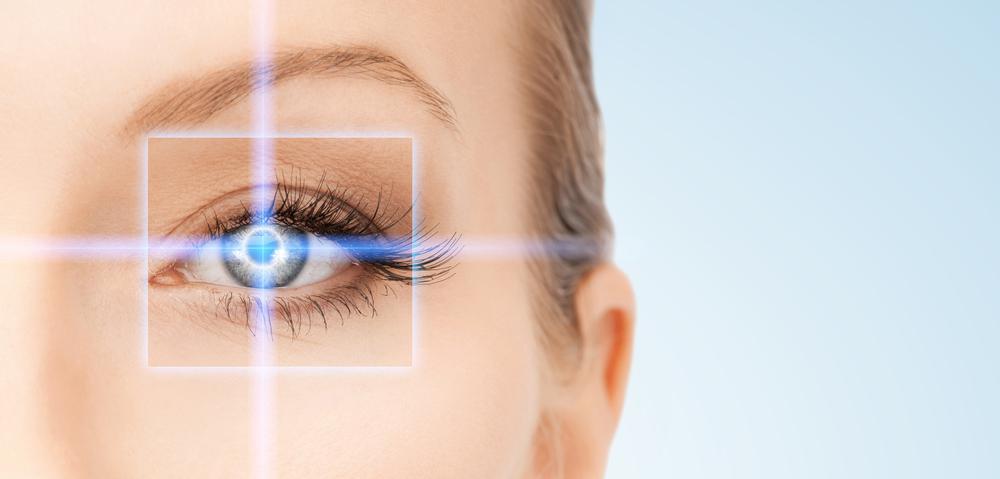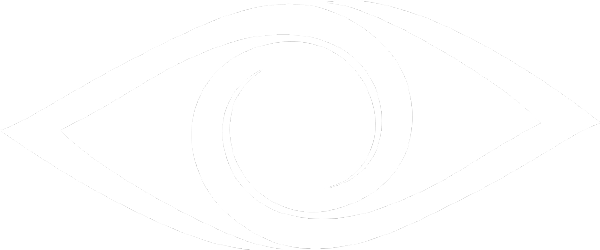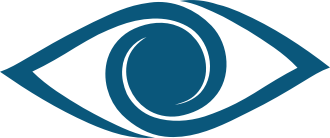
Not only is LASIK surgery the most common vision correction procedure, it’s one of the most common elective surgeries people choose. Over 10 million Americans have received LASIK treatment since its Food and Drug Administration approval in 1999, and there are about 700,000 additional surgeries every year.
The procedure itself has advanced and refined, sending patient satisfaction rates soaring. While other techniques for refractive vision correction emerge, LASIK — which stands for laser-assisted in situ keratomileusis — remains not only valid, but still the best option for many people seeking freedom from glasses and contact lenses. The doctors at Beverly Hills Institute of Ophthalmology are specialists in this corrective eye surgery.
The LASIK procedure
LASIK essentially reshapes the focusing elements of your eyes, enabling vision correction for nearsightedness (myopia), farsightedness (hyperopia), and astigmatism.
The procedure starts with the creation of an access flap in the cornea so your surgeon can reshape the inner cornea using an excimer laser. This ultraviolet laser removes extremely small amounts of corneal tissue, creating a flatter or steeper cornea as needed for your vision correction. The flap is replaced and heals quickly. You see substantial improvements in about 24 hours, one of the reasons LASIK is so popular.
Pre-surgery diagnosis
Before your LASIK procedure, you receive a thorough eye exam to confirm your candidacy. LASIK isn’t suited for everyone, so it’s necessary to evaluate the shape and thickness of your corneas, as well as things such as pupil size, eye moistness, and types of refractive errors. Instruments such as corneal topographers and wavefront analyzers are often used to create a detailed “map” of your eyes.
During LASIK surgery
The procedure itself is quick — it takes about 10 minutes per eye. You receive local anesthetic in the form of eyedrops and possibly a mild sedative to help you relax. A lid speculum, made steady with a suction ring, holds open your eyelid. Your surgeon makes the corneal flap and then performs precise adjustments matching your eyesight prescription with the aid of a computer.
The active reshaping portion of your treatment lasts about 5 minutes for each eye. You look at a target while the laser does its work. There’s no pain, although you might have a feeling of slight pressure. The LASIK laser usually clicks while in operation.
LASIK recovery
You rest for a short time after your procedure, and your surgeon checks your condition and then sends you home. You’ll need to arrange a ride ahead of time because you can’t drive immediately after LASIK surgery.
Some discomfort, such as itching or burning, is normal right after your procedure, and this typically passes quickly. Your eyesight may be hazy or blurry immediately after the surgery, too. This usually clears by the next morning. Your improvements typically stabilize within a few days after your LASIK procedure.
Avoid strenuous work or activity for about a week to permit proper healing of the corneal flap. While some people can return to work the next day, a few days of rest is generally advised.
Because of the popularity of LASIK surgery, there are price-based operations called LASIK mills that will treat anyone who is willing to pay, regardless of their suitability for the procedure. The caregivers at Beverly Hills Institute of Ophthalmology are eye care professionals, with thousands of LASIK procedures performed, and they represent your safest choice for corrective eye surgery. Call your most convenient location in Beverly Hills or Torrance, California, or use the online booking tools to arrange your initial consultation today.

